Bearing piles are used mainly to support vertical loads. Steel sections can be used as bearing piles where soil and ground conditions preclude the use of shallow foundations.
Steel bearing piles are available in three basic profiles:
- Universal column H-sections,
- Tubular sections and
- Box piles.
Where piles are fully embedded ie the whole length of the pile is below ground level, H-pile sections are most suitable (road and railway bridges and industrial buildings).
Box piles and tubular piles are most useful when part of the pile is exposed above ground level (pier and jetty construction).
Of the multiple advantages of bearing piles, the most important are the following:
- Control of the bearing capacity by measurement of the refusal at driving.
- Easy connection to the superstructure.
- Bending moment capacity for horizontal forces.
- Immediate loading after driving.
- Excellent durability; numerous experiences for totally embedded piles showed a corrosion rate tending to zero.
- No limits for the length of the pile, due to an easy adaptation to the soil conditions by splicing.
- Easy installation, considering driving as well as handling, transport and storing
In addition, steel sheet piles, High Modulus Piles and Combi-piles can be used to support vertical load as well as a retaining function.
Read about Bearing Pile Types
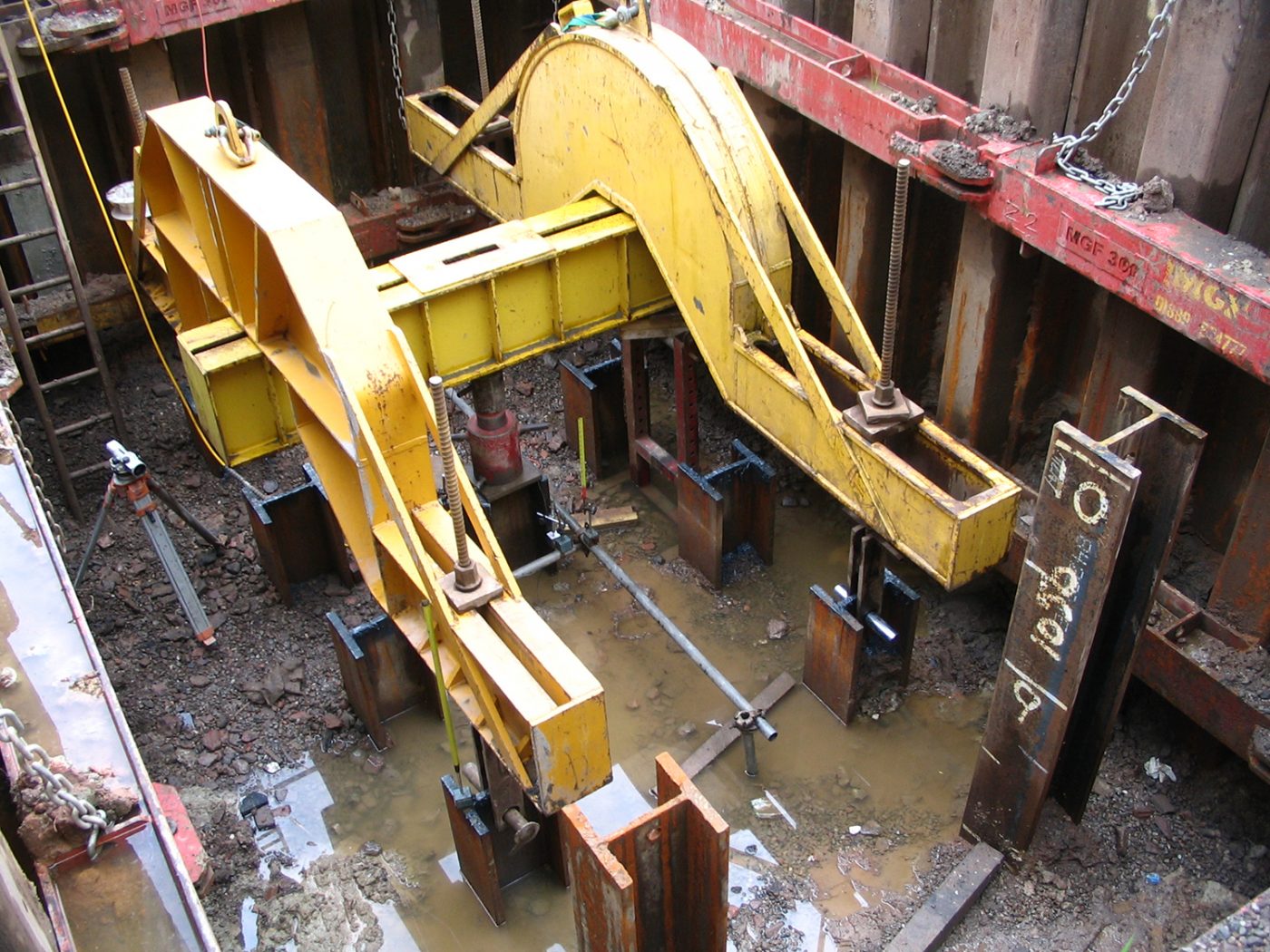

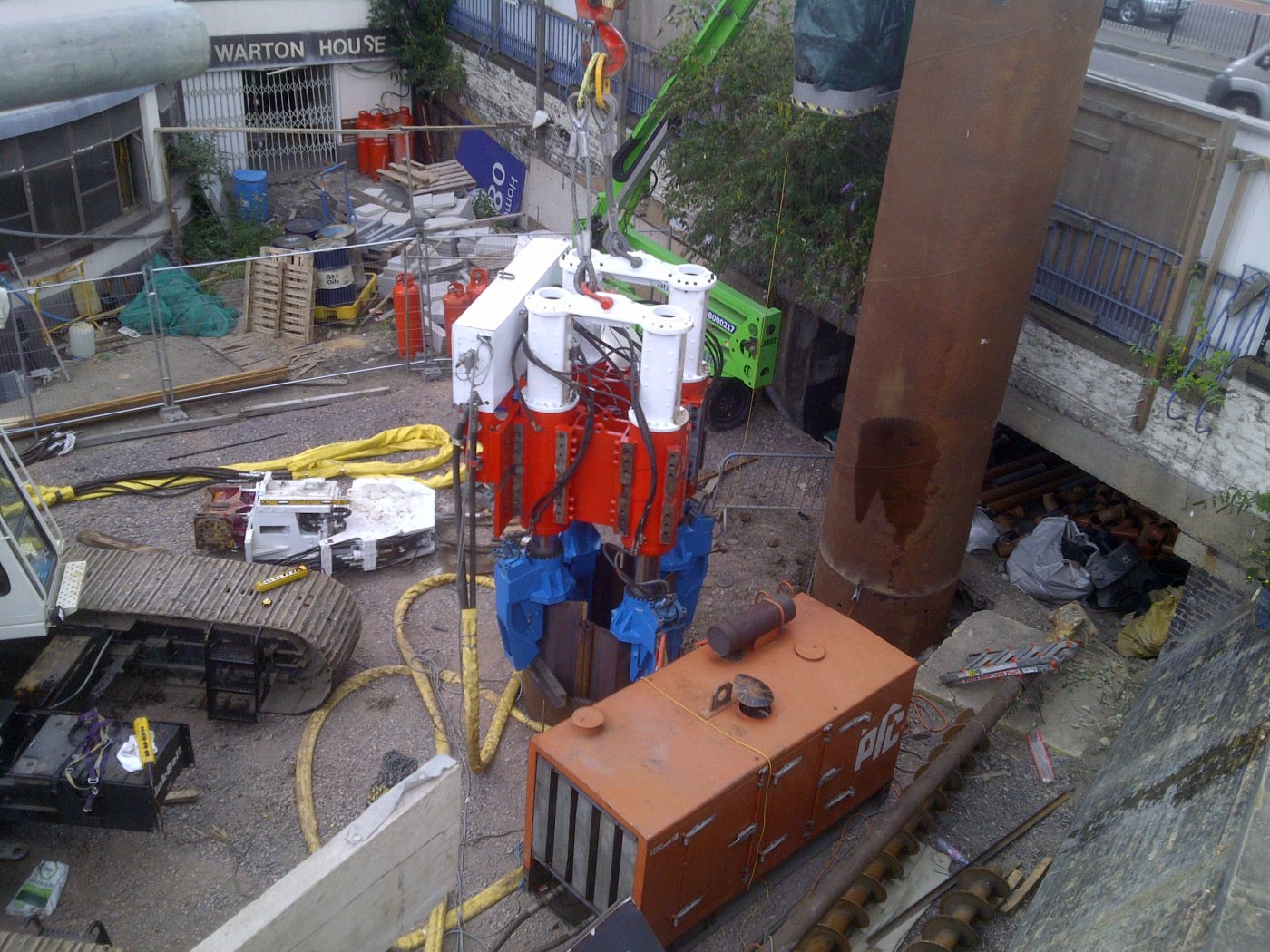
Case Studies
A selection of our work

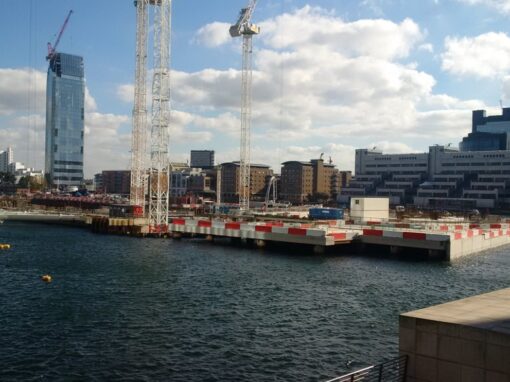





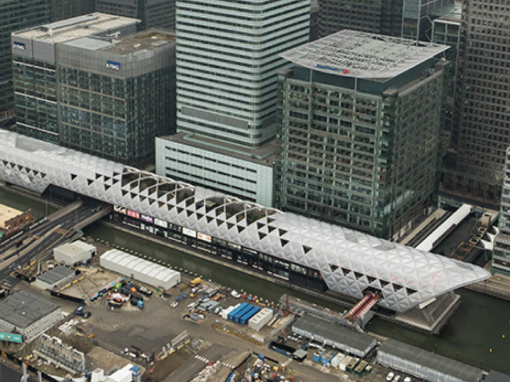





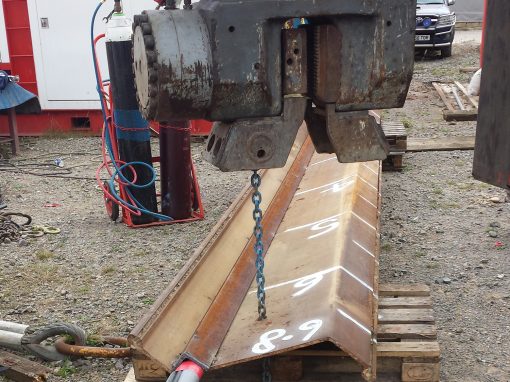
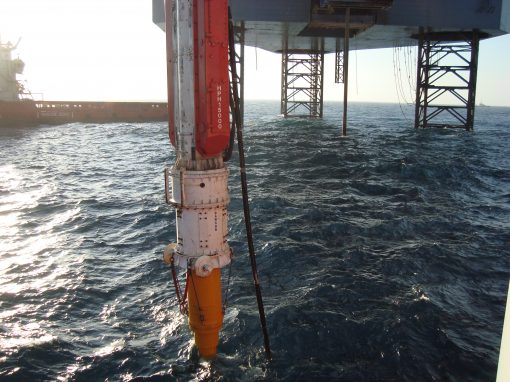


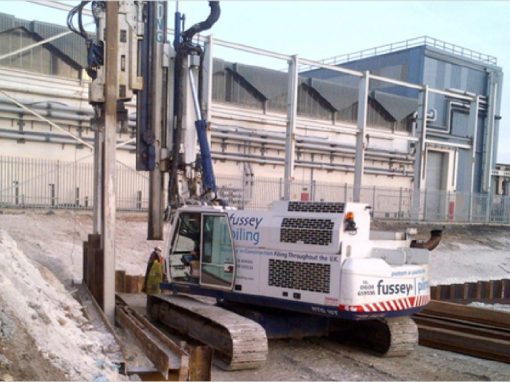
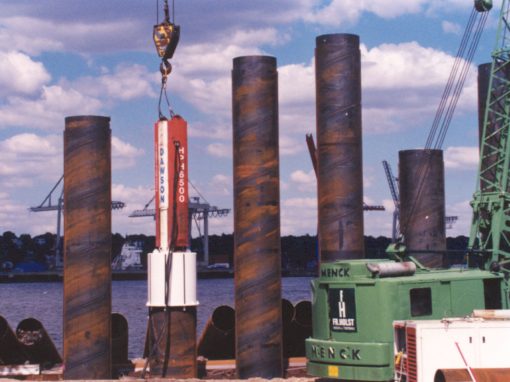
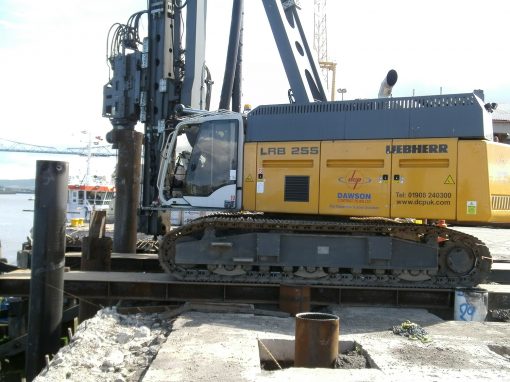



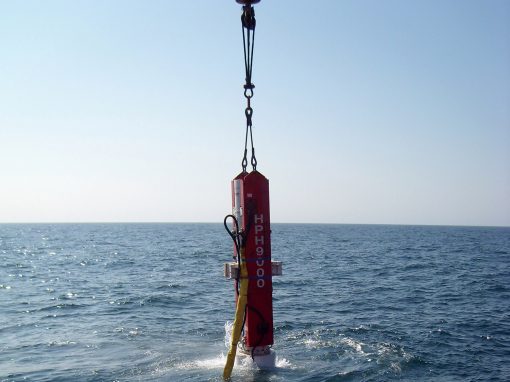
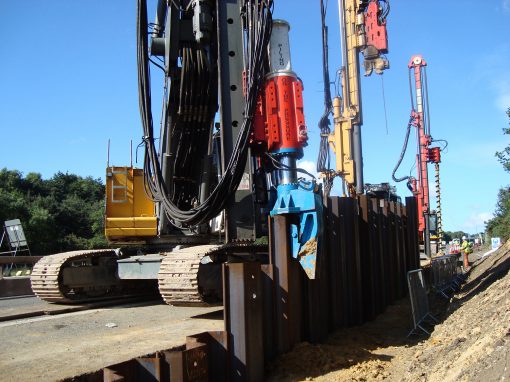





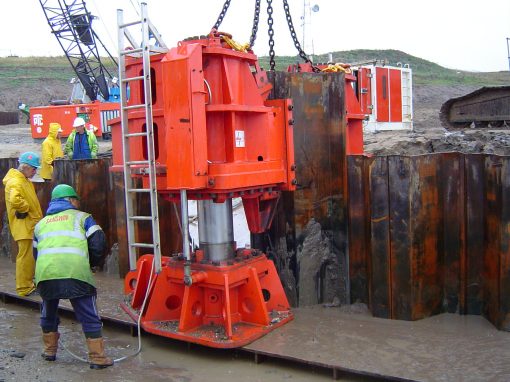
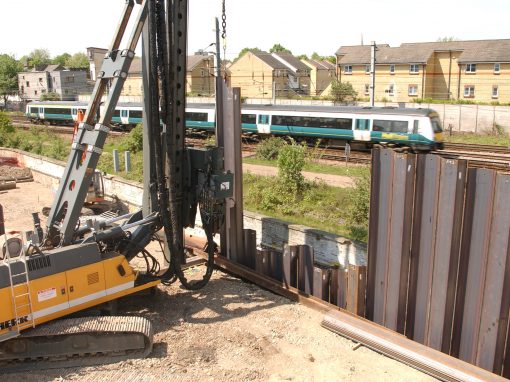


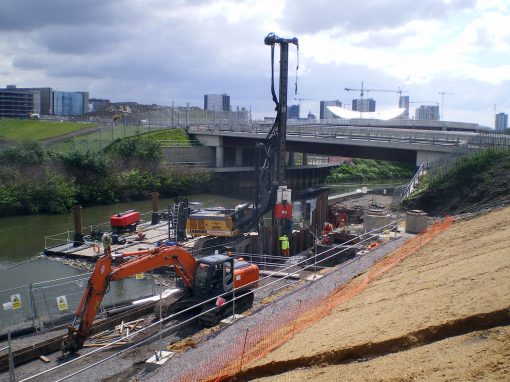


Steel Piling Group, C/O SCI, Silwood Park, Unit D, Buckhurst Road, Ascot ,Berkshire. SL5 7QN
E: info@steelpilinggroup.org

© Copyright 2018 Steel Piling Group
Terms & Conditions | Privacy Policy
